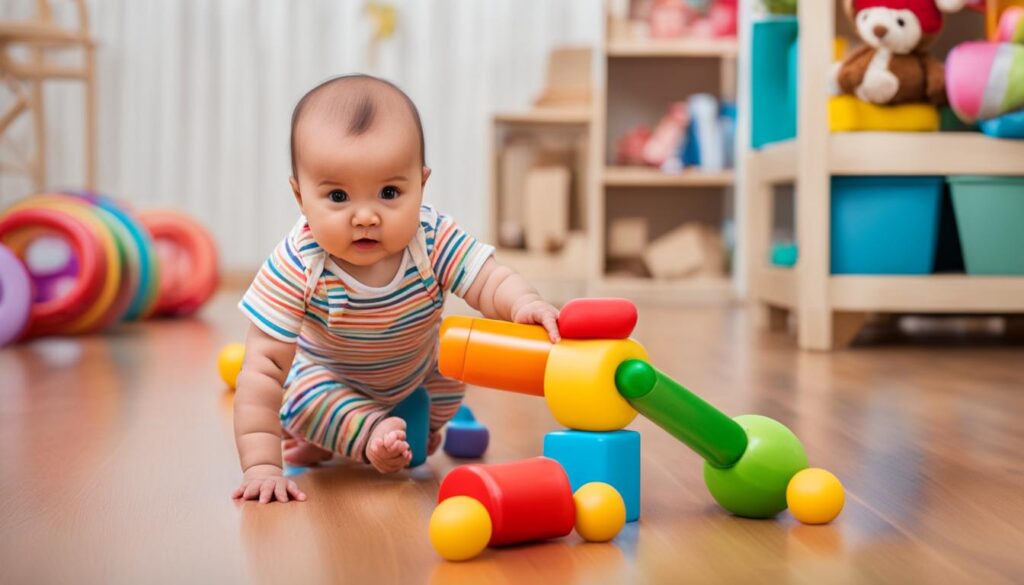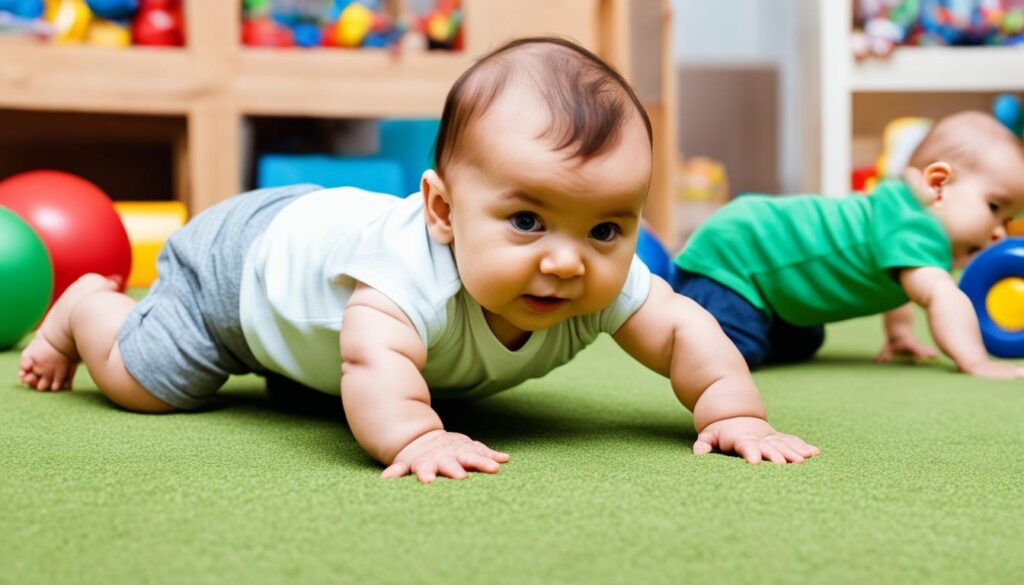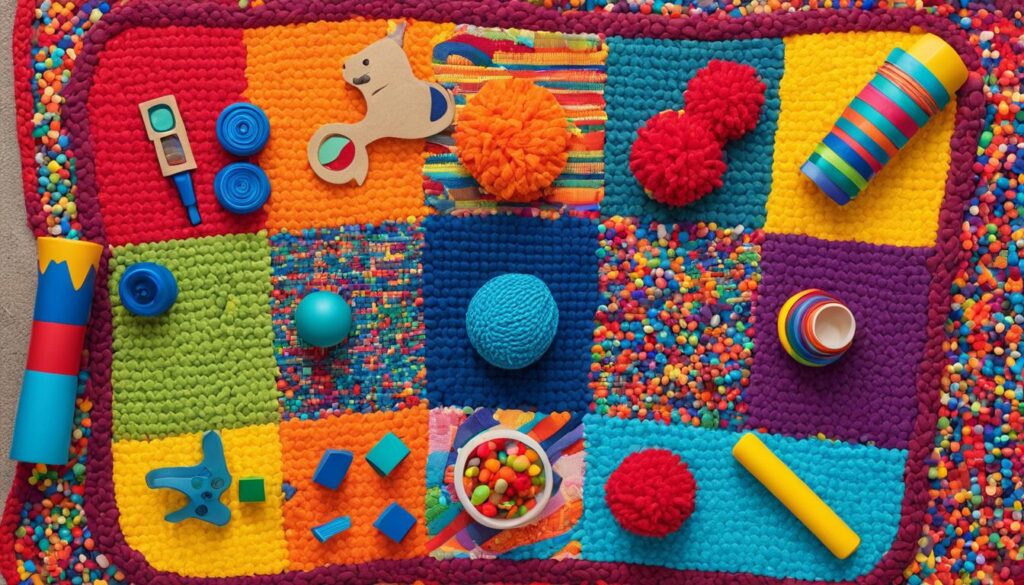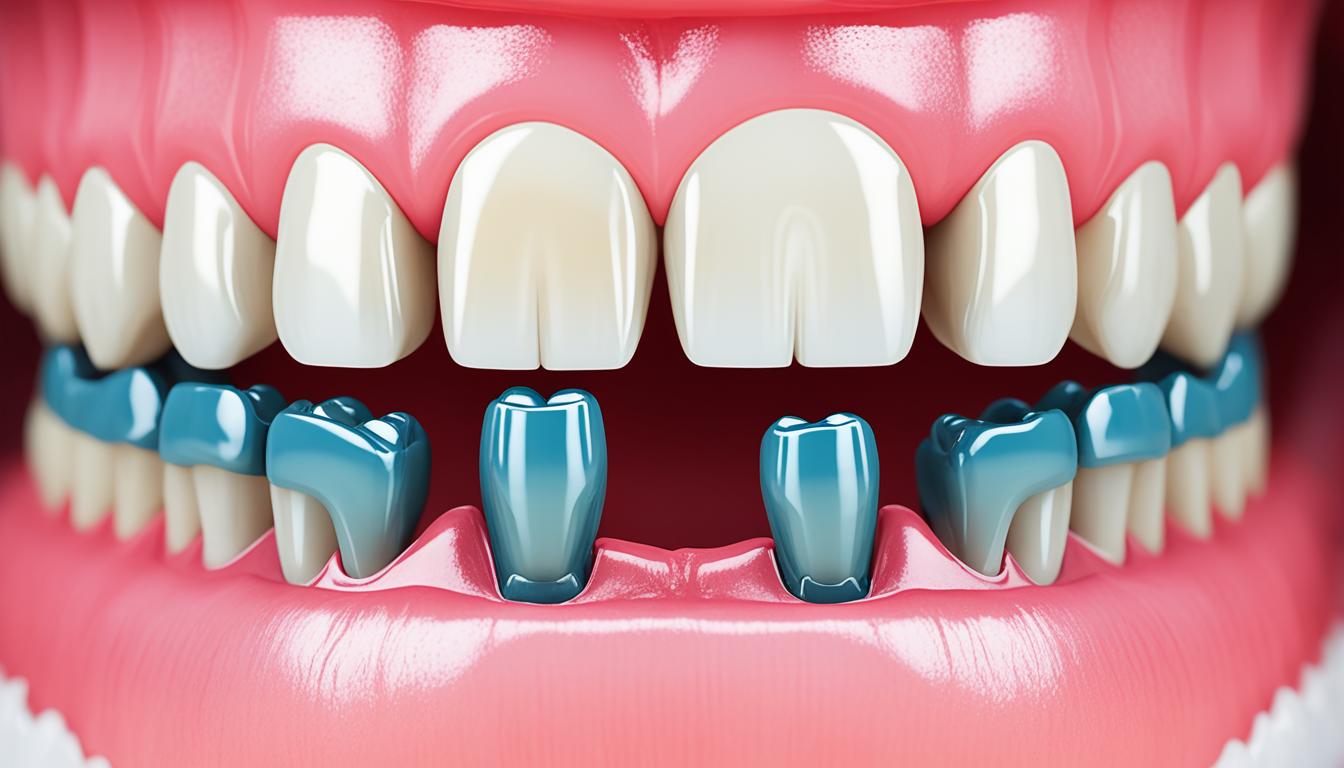Army Crawling Baby: Stages and Encouragement Tips
Welcome to our guide on army crawling, an important milestone in your baby’s development. Army crawling is a transitional stage between crawling with the tummy on the floor and crawling on all fours. It’s a fascinating time as your little one explores their world from a new perspective.
Teaching your baby to army crawl and supporting their development can be a rewarding experience. In this article, we will provide tips on how to encourage your baby to crawl, discuss the benefits of army crawling for babies, and share techniques to help your baby master this milestone. Let’s dive in!
Key Takeaways:
- Army crawling is a transitional crawling stage for babies.
- Encouraging your baby to crawl helps support their overall development.
- Playing on hands-and-knees, transitioning from sitting to hands-and-knees, and walking forward on knees are activities that can strengthen your baby’s upper body, hips, and core.
- Crawling plays a crucial role in developing coordination, balance skills, hand skills, visual perceptual skills, and brain development.
- Gentle encouragement, creating obstacles, and engaging games can motivate your baby to crawl.
The Importance of Crawling for Baby’s Development
Crawling is not just a way for babies to get from one place to another, it also plays a crucial role in their overall development. Crawling helps coordinate the movements of both sides of the body and builds core muscles. It also refines balance skills and strengthens the hips and buns, preparing the baby for walking.
Additionally, crawling is important for developing hand skills, as it helps strengthen the shoulders, forearms, wrists, and fingers. This, in turn, improves dexterity, hand-eye coordination, and sensory integration. Crawling also supports brain development and learning, as studies have shown that babies who crawl on hands and knees have greater memory retention.
Crawling sets the foundation for future physical and cognitive skills, such as functional movement skill and play skill. It helps develop coordination, as babies learn to navigate their bodies in different spaces and positions. Crawling also strengthens core muscles, which are vital for stability and proper posture.
Moreover, crawling enhances balance skills, as babies learn to shift their weight and maintain equilibrium while moving. Hand skills, including grasping and manipulating objects, are improved through crawling by strengthening the muscles required for these actions. This promotes better hand-eye coordination and visual perceptual skills.
Furthermore, crawling stimulates brain development by promoting the growth of neural connections. The cross-lateral movements involved in crawling activate both sides of the brain, fostering cognitive development. The repetitive motion of crawling also aids in memory retention, allowing babies to better recall information and experiences.
“Crawling is not only a physical milestone but also a foundation for future learning and development. It strengthens the core, improves coordination, and enhances brain function.” – Dr. Lisa Johnson, Pediatric Neurologist
By encouraging and supporting crawling, parents and caregivers can contribute to a baby’s holistic development. Through this fundamental stage, babies lay the groundwork for a wide range of physical movement skills, play skills, coordination abilities, and hand and visual perceptual skills. It is important to provide a safe and engaging environment that encourages and facilitates crawling, allowing babies to explore and develop these essential skills.
Encouraging Your Baby to Crawl

There are several activities that can be done to encourage your baby to crawl. By engaging in these activities, you can support their development and help them reach this important milestone.
Play on Hands-and-Knees
Playing on hands-and-knees is an effective way to target multiple areas of development. This position helps strengthen the upper body, promotes weight bearing, and builds hip and core strength. It also improves proximal stability and encourages weight shifting, which are essential skills for crawling.
Transition from Sitting to Hands-and-Knees
Transitioning from sitting to hands-and-knees is another useful technique to encourage crawling. By teaching your baby how to transition into the crawling position, you help them understand the necessary movements and develop upper body strength through weight bearing.
Walk Forward on Knees
A great way to practice crawling movement is to have your baby walk forward on their knees. You can start by having them kneel at a surface and gradually move the surface away, requiring them to move their knees forward to stay upright. This exercise helps develop the coordination and strength needed for crawling.
Create Obstacles with Couch Cushions
Creating obstacles using couch cushions or pillows can be a fun way to motivate your baby to crawl. Place the cushions or pillows strategically to encourage them to crawl over and around the obstacles. This activity not only stimulates their curiosity but also strengthens their muscles and coordination.
Remember, it’s important to use highly motivating objects and make these activities enjoyable for your baby. The more they find crawling rewarding and exciting, the more motivated they will be to explore and master this skill.
The Benefits of Crawling

Crawling offers a range of benefits for a baby’s development. It helps build upper body strength, which is important for activities like eating, dressing, writing, and playing sports or musical instruments. Crawling also improves finger and wrist dexterity, which is essential for tasks like stacking blocks, picking up small items, and manipulating objects. The balance skills developed during crawling lay the foundation for future skills like walking and swinging arms. Overall, crawling helps improve coordination and lays the groundwork for a variety of future physical and cognitive abilities.
Games and Activities to Encourage Crawling
There are several games and activities that can help motivate and encourage your baby to crawl. These activities provide the baby with opportunities to practice crawling and develop the necessary skills and strength. Let’s explore some fun and engaging ways to encourage crawling:
Create Tunnels for Exploration
You can create tunnels using a pop-up tunnel or couch cushions. Place a motivating toy or caregiver on the other side of the tunnel to entice your baby to crawl towards them. Tunnels not only provide a sense of adventure but also help your baby develop spatial awareness and coordination.
Engage in the Push-Off Exercise
The push-off exercise is a great way to strengthen your baby’s upper body and encourage crawling. Place your baby on their tummy and position their feet against a surface, such as a foam mat or a caregiver’s hands. Gently support your baby as they push off from the surface, mimicking the crawling motion. This exercise helps your baby build the necessary muscles for crawling.
Play Peek-a-Boo Around Furniture
Peek-a-boo is a classic game that can also be used to encourage crawling. Position yourself on the other side of a piece of furniture, such as a couch or table, and play peek-a-boo with your baby. Your baby will be motivated to crawl towards you to continue the game. This activity promotes movement, coordination, and social interaction.
Remember, motivation is key when encouraging your baby to crawl. Use these games and activities to make the process enjoyable and engaging for your little one. Celebrate their progress and provide a safe environment for exploration. Soon, your baby will be crawling confidently and unlocking new milestones in their development.
Additional Resources for Crawling

In addition to the information provided in this article, there are several resources available that delve deeper into the importance of crawling and offer tips for encouraging crawling. These resources can provide further guidance and support as you navigate your baby’s crawling journey. Here are some valuable resources to explore:
1. “Why You Should Encourage Crawling—And How To Do It”
Why You Should Encourage Crawling—And How To Do It is a comprehensive resource that explores the importance of crawling for a baby’s development. It provides detailed explanations on the benefits of crawling and offers practical tips and techniques to encourage your baby to crawl. This resource covers various aspects of crawling, including the significance of crawling for motor skills, cognitive development, and sensory integration.
2. “Baby on the Move—5 Ways to Encourage Crawling”
Baby on the Move—5 Ways to Encourage Crawling is a resource that focuses on practical tips to motivate your baby to crawl. It presents five specific techniques and activities that can be incorporated into your daily routine to stimulate crawling. This resource offers step-by-step instructions and valuable insights to help your baby develop the necessary skills and strength for crawling.
3. “What To Do If Baby Keeps Rolling Over During Tummy Time”
What To Do If Baby Keeps Rolling Over During Tummy Time addresses a common challenge related to crawling—babies rolling over during tummy time. It provides solutions and strategies to overcome this hurdle and ensure that tummy time is productive in building the necessary skills for crawling. This resource offers practical advice and expert tips to support your baby’s progress during tummy time.
These additional resources offer a wealth of knowledge and practical guidance on the importance of crawling and tips for encouraging it. Explore these resources to gain a deeper understanding of the subject and discover effective techniques to support your baby’s crawling journey.
Conclusion
Crawling is an important developmental milestone in your baby’s life. It marks a significant step towards building their physical and cognitive abilities. By understanding the different stages of crawling and implementing effective encouragement tips, you can support your baby’s development and set them on a path for future success.
When encouraging your baby to crawl, remember to make the activities fun and engaging. This will create a positive environment that motivates them to explore and move. Play games on hands-and-knees, transition from sitting to hands-and-knees, and encourage your baby to walk forward on their knees. These activities help strengthen their upper body, hips, and core, crucial for successful crawling.
As your baby progresses through the crawling journey, celebrate their achievements. Each milestone they reach is a testament to their growth and development. Keep providing opportunities for exploration and movement, as this will help them develop essential motor skills and enhance their overall development.
In conclusion, crawling is not just a developmental milestone, but a stepping stone towards your baby’s growth and future abilities. By understanding the stages of crawling and implementing effective encouragement tips, you can support their development and pave the way for a bright and successful future.
FAQ
What is army crawling for babies?
Army crawling is a transitional stage of crawling where babies move by dragging their bodies on their bellies using their arms and legs.
When do babies start army crawling?
Babies typically start army crawling between 6 and 10 months of age.
What is the purpose of teaching a baby to army crawl?
Teaching a baby to army crawl helps strengthen their upper body, hips, and core, and promotes the development of the four-point crawling pattern.
What are the benefits of army crawling for babies?
Army crawling helps build coordination, core muscles, balance skills, hand skills, and supports brain development and learning.
How can I help my baby learn to army crawl?
Activities such as playing on hands-and-knees, transitioning from sitting to hands-and-knees, and walking forward on knees can help your baby learn to army crawl.
What techniques can I use to encourage my baby to army crawl?
You can encourage your baby to army crawl by creating obstacles with couch cushions or pillows and using highly motivating objects during play.
What are some games and activities that can encourage crawling?
Games like tunnel crawling, push-off exercises, and peek-a-boo around furniture can encourage your baby to crawl.
Are there any additional resources available for more information on crawling?
Yes, “Why You Should Encourage Crawling—And How To Do It,” “Baby on the Move—5 Ways to Encourage Crawling,” and “What To Do If Baby Keeps Rolling Over During Tummy Time” offer comprehensive information and tips on crawling and developmental milestones.










